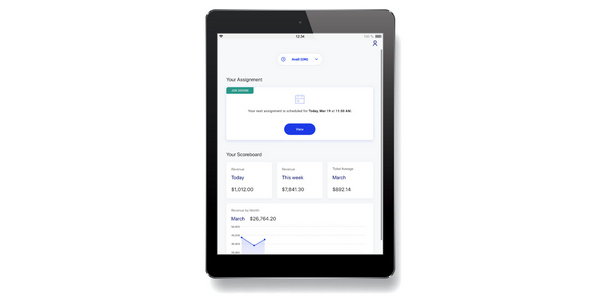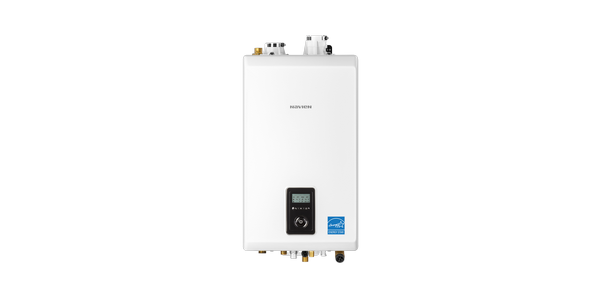PERC Releases Report on Phase 2 of Drainline Transport Study
CHICAGO, Ill. — The Plumbing Efficiency Research Coalition has recently released the report, The Drainline Transport of Solid Waste in Buildings– Phase 2.0, available on the PERC website: http://www.plumbingefficiencyresearchcoalition.org.
The study builds on the findings of the Phase 1 report of the same title and provides new and important insights into the performance of building drains as water flows are incrementally reduced as a result of water efficiency related regulations.
Background: PERC was formed in 2009 through a Memorandum of Understanding to develop research projects that support the development of water efficiency and sustainable plumbing products, systems and practices. PERC identified drainline transport as its first research project. The six members of the coalition are represented by Mary Ann Dickinson, Alliance for Water Efficiency; Billy Smith, American Society of Plumbing Engineers; Peter DeMarco, International Association of Plumbing and Mechanical Officials; Lee Clifton, International Code Council; Gerry Kennedy, Plumbing-Heating-Cooling Contractors National Association and Barbara C. Higgens, Plumbing Manufacturers International.
The PERC Phase 2.0 report addresses several important areas of study that were not included in the Phase 1 effort. Importantly, the study evaluates the potential for a sanitary pipe size reduction to improve drainline transport characteristics and help to facilitate further flow reductions in plumbing fixtures. As with the Phase 1 report, the study applies to commercial building drains, as they present the greatest risk for chronic blockages resulting from water flow reductions.
The PERC Phase 1 study was both informative and influential. In 2013, the U.S. EPA cited the report’s findings that high efficiency toilets flushing at a maximum of 1.28 gallons per flush provided satisfactory drainline transport as justification to move forward with a WaterSense specification for commercial HETs and flushometer-valves. “The PERC Phase 2.0 study goes further,” said IAPMO’s Pete DeMarco, who again acted as the technical director for the Phase 2.0 study.
Phase 2.0 provides insights regarding conditions that can trigger a tipping point where incremental flow reductions are increasingly likely to result in chronic drain blockages in commercial buildings. The findings also detail the surprising significance of toilet paper in drainline transport, relative to other variable factors such as drainline slope, pipe diameter and toilet flush volume levels.
“PERC feels that the Phase 2.0 report will provide new and valuable insights to the engineering community, plumbing trades, facility managers and regulators regarding the continued efficacy of sanitary building drains as we seek to make our plumbing systems as efficient as possible while maintaining health and safety,” DeMarco said.
PERC plans to publish a supplemental report, PERC Phase 2.1, early in 2016. The supplemental report will provide a preliminary investigation on the impact of dual flush toilet discharges and slope deviations on drainline transport efficacy.



